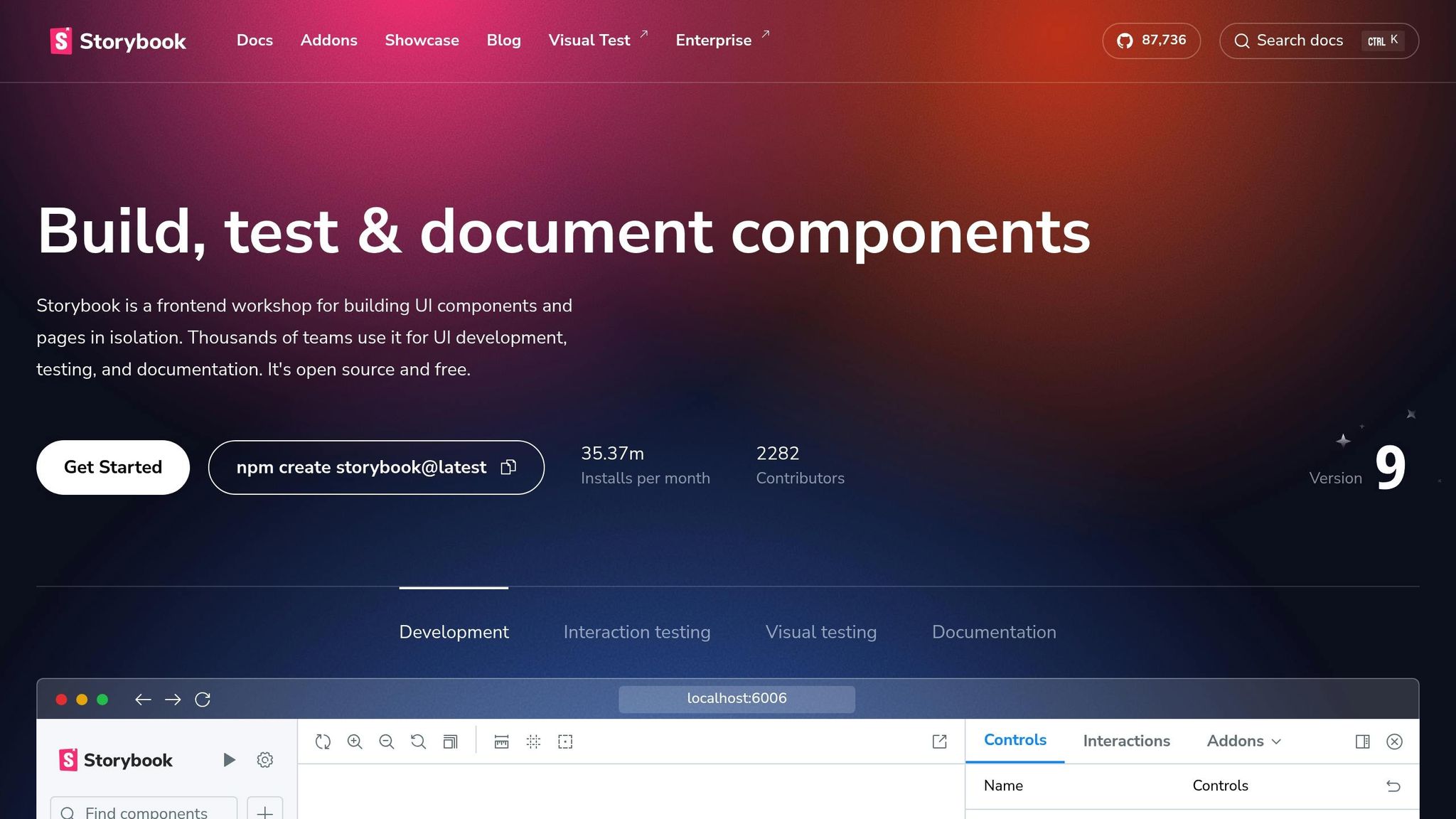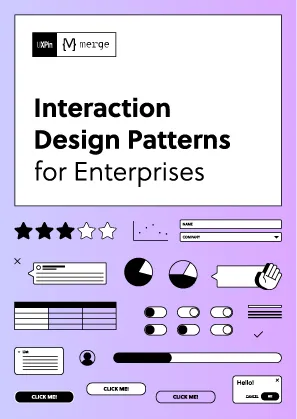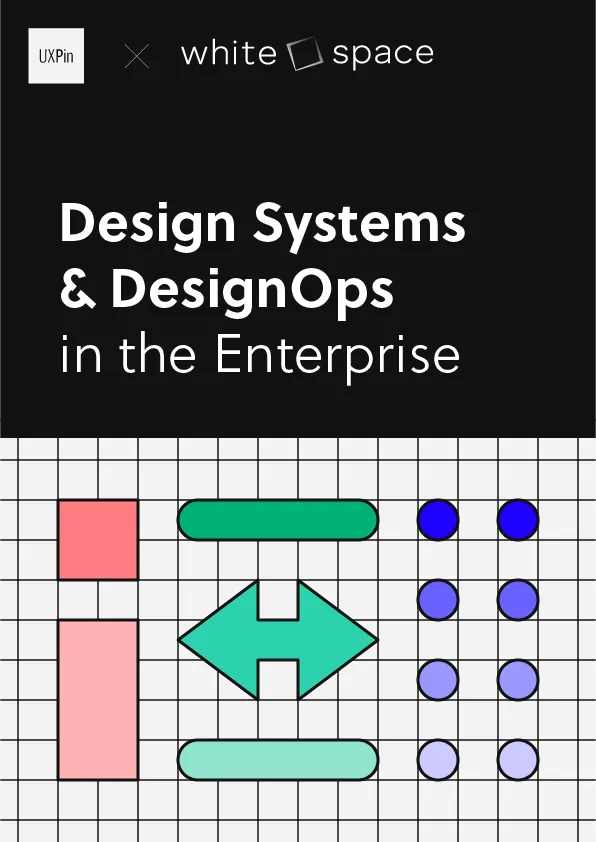The intersection of AI and design systems has opened up new possibilities for UI/UX designers and front-end developers looking to streamline workflows and unlock creative potential. This article explores how Storybook – a widely used tool for documenting UI components – can be paired with Large Language Models (LLMs) to enhance design-to-code workflows. Based on insights from a demo by Dominic Nguyen (co-founder of Chromatic, creators of Storybook) and TJ Petrie (CEO of Southleft), this guide unpacks how integrating LLMs into design systems can redefine productivity and transform collaboration.
The Problem: AI Without Context Falls Short
Dominic sets the stage by highlighting the challenge most developers face when using LLMs like Claude or ChatGPT for code generation: lack of operational context. While LLMs are trained on billions of lines of code, they often output generic, poorly integrated results that fail to align with specific product requirements or brand guidelines. This issue is especially acute in design systems, where consistency and quality are paramount.
The crux of the problem lies in how LLMs operate: they generate code based on patterns in their training data but don’t inherently understand your design system’s unique components, structure, or guidelines. That’s where the integration of Storybook and LLMs becomes a game-changer.
The Solution: Use Storybook as a Context Provider for LLMs

By connecting design systems documented in Storybook to an LLM, teams can ensure that AI-generated code adheres to the organization’s established components and guidelines. TJ Petrie’s tool, Story UI, demonstrates how this can be achieved through a Model Context Protocol (MCP) server.
Key components of this approach include:
- Storybook as a System of Record: Storybook serves as the central repository for all components, stories, and documentation.
- MCP Server for Context: The MCP server acts as the bridge between the design system and the LLM, providing the operational context needed for accurate code generation.
- LLM for Code Generation: With the context supplied by Storybook and the MCP, the LLM (e.g., Claude or ChatGPT) generates high-quality, brand-aligned UI code.
This approach combines AI’s speed with the reliability of a carefully constructed design system, resulting in outputs that are usable, accurate, and consistent.
Key Features of the Workflow
TJ Petrie’s demo highlights several innovative features that showcase the potential of this integration:
1. Automating Story Generation
One of the most time-consuming tasks in maintaining a design system is creating and updating stories for every component and variation. With Story UI, you can automate this process in seconds. By prompting the LLM via the MCP server, it can:
- Generate comprehensive story inventories, such as all button variants or form validation states.
- Create new component layouts, e.g., a Kanban board or a card grid, using existing design system components.
- Iterate on designs dynamically, based on user prompts.
For example, TJ prompts Story UI to generate "all button variants on one page", showcasing the speed and efficiency of this automated process.
2. Iterative Prototyping at Lightning Speed
Designers and developers can use Story UI to quickly experiment with layouts and variations without needing to write code manually. For instance:
- Generate layouts with specific content: TJ demonstrates creating a three-card layout featuring Taylor Swift-themed content within seconds.
- Test complex compositions: He also builds a Trello-style Kanban board using only prompts, bypassing hours of manual work.
This iterative prototyping is especially valuable for testing ideas before investing in full design or development cycles.
3. Visual Builder for Non-Developers
To empower non-technical team members, Story UI includes a Visual Builder. This tool allows anyone to:
- Adjust spacing, alignment, and layout directly in a user-friendly interface.
- Add or remove components without writing code.
- Save changes that directly update the Storybook instance.
While still in development, this feature promises to make design systems more accessible to project managers, product owners, and others outside the developer ecosystem.
4. Customizable and Adaptable
Story UI adapts to any React-based design system, whether it’s an open-source library like Material UI or a custom, internal system. It even accommodates less conventional design systems by improvising with available components. Additionally:
- Users can specify unique considerations and rules (e.g., "don’t use inline styles") through a markdown file, ensuring outputs align with team preferences.
- The tool respects proprietary components and guidelines, ensuring outputs feel tailored to the organization’s needs.
Real-World Use Cases
1. Streamlining QA
Instead of manually assembling pages for quality assurance, teams can prompt Story UI to generate:
- All form validation states in a single view.
- Dark mode versus light mode comparisons for a comprehensive visual check.
This improves the efficiency of identifying and addressing inconsistencies.
2. Designer-Developer Collaboration
Story UI eliminates communication gaps between design and development by providing a shared tool for exploring and validating component usage.
3. Accelerating Client Projects
For agencies and consultancies, Story UI simplifies showcasing new components or layouts to clients. Teams can generate prototypes and refine them based on feedback, dramatically reducing project timelines.
Limitations and Considerations
While the integration of Storybook, MCP, and LLMs is powerful, it’s not without its challenges:
- Framework-Specific: Currently, Story UI is limited to React-based design systems. Support for other frameworks like Angular and Vue is on the roadmap.
- Complexity in Prompts: Generating highly specific layouts or interactions may require detailed prompts, which can be a learning curve for non-technical users.
- LLM Dependencies: Results depend on the quality and reliability of the LLM being used (e.g., occasional issues with Claude were noted in the demo).
Despite these limitations, the potential productivity gains make this approach worth exploring for many teams.
Key Takeaways
- AI Without Context Fails: LLMs struggle with consistency and accuracy when they lack contextual knowledge of your design system.
- Storybook + MCP + LLM = Seamless Integration: Use Storybook as the central design system, an MCP server for context, and an LLM for rapid code generation.
- Automated Story Creation: Save hours by generating inventories, layouts, and variations instantly.
- Iterative Prototyping: Quickly test ideas, from simple layouts to complex dashboards, without manual coding.
- Empowering Non-Developers: Tools like Visual Builder make design systems accessible to project managers, product owners, and designers.
- Customizable for Any Design System: Whether open-source or proprietary, Story UI adapts to fit your needs.
- QA and Stress Testing: Generate comprehensive views of states, modes, and layouts to ensure design consistency.
- Still Evolving: While currently focused on React, future updates may support other frameworks and expand functionality.
Conclusion
The combination of Storybook and LLMs, facilitated by tools like Story UI, represents a transformative leap for UI/UX designers and front-end developers. It bridges the gap between design and development, making workflows faster, more collaborative, and more efficient. While there are still areas for improvement, the potential for streamlining workflows and enhancing collaboration is immense. By leaning into this approach, teams can reduce inefficiencies, improve consistency, and deliver higher-quality digital products.
As design and development workflows continue to evolve, tools like Story UI illustrate how the integration of AI can unlock new possibilities, empowering teams to focus on creativity and innovation rather than tedious tasks.
Source: "AI that knows (and uses) your design system" – Chromatic, YouTube, Aug 28, 2025 – https://www.youtube.com/watch?v=RU2dOLrJdqU
Use: Embedded for reference. Brief quotes used for commentary/review.

